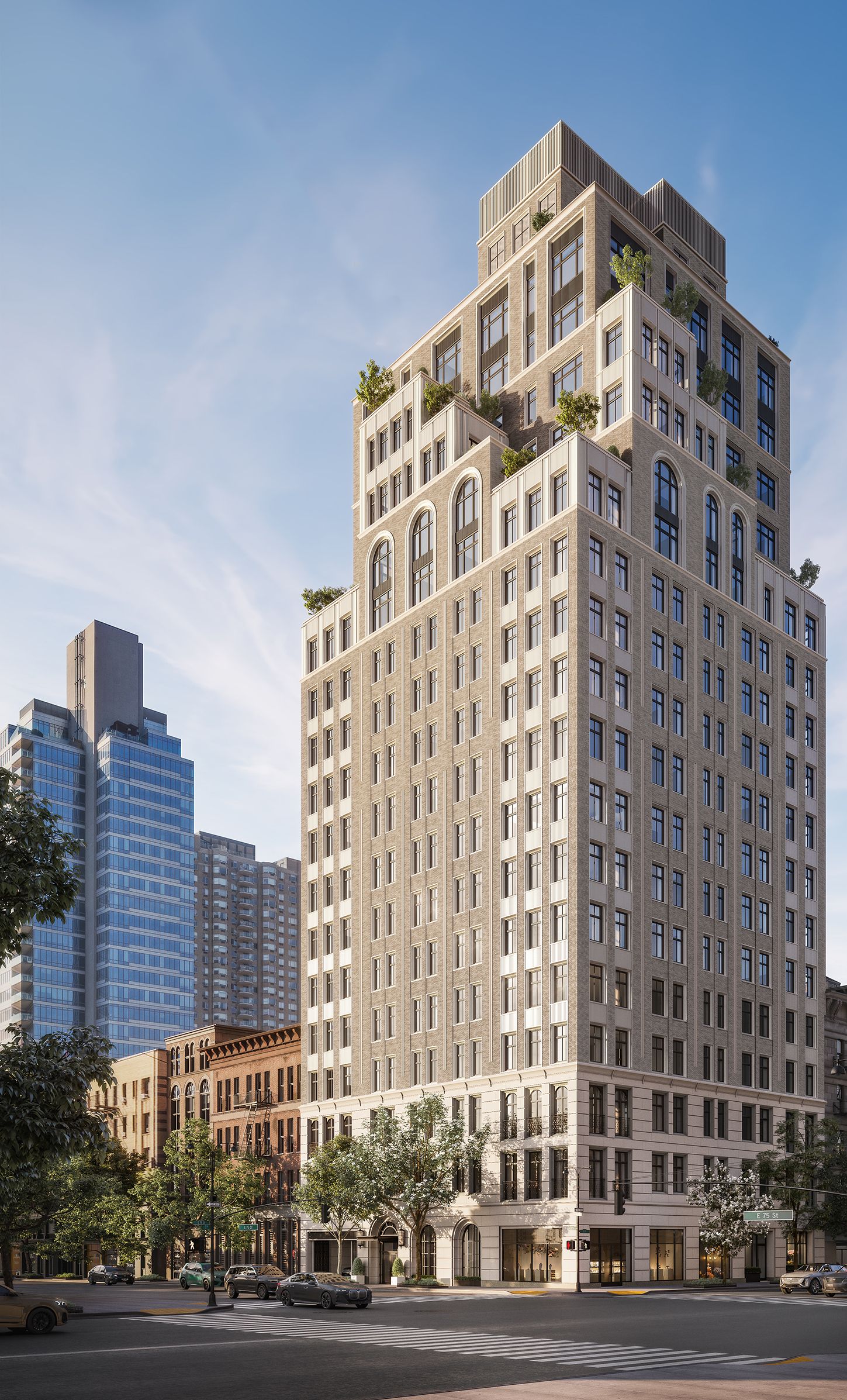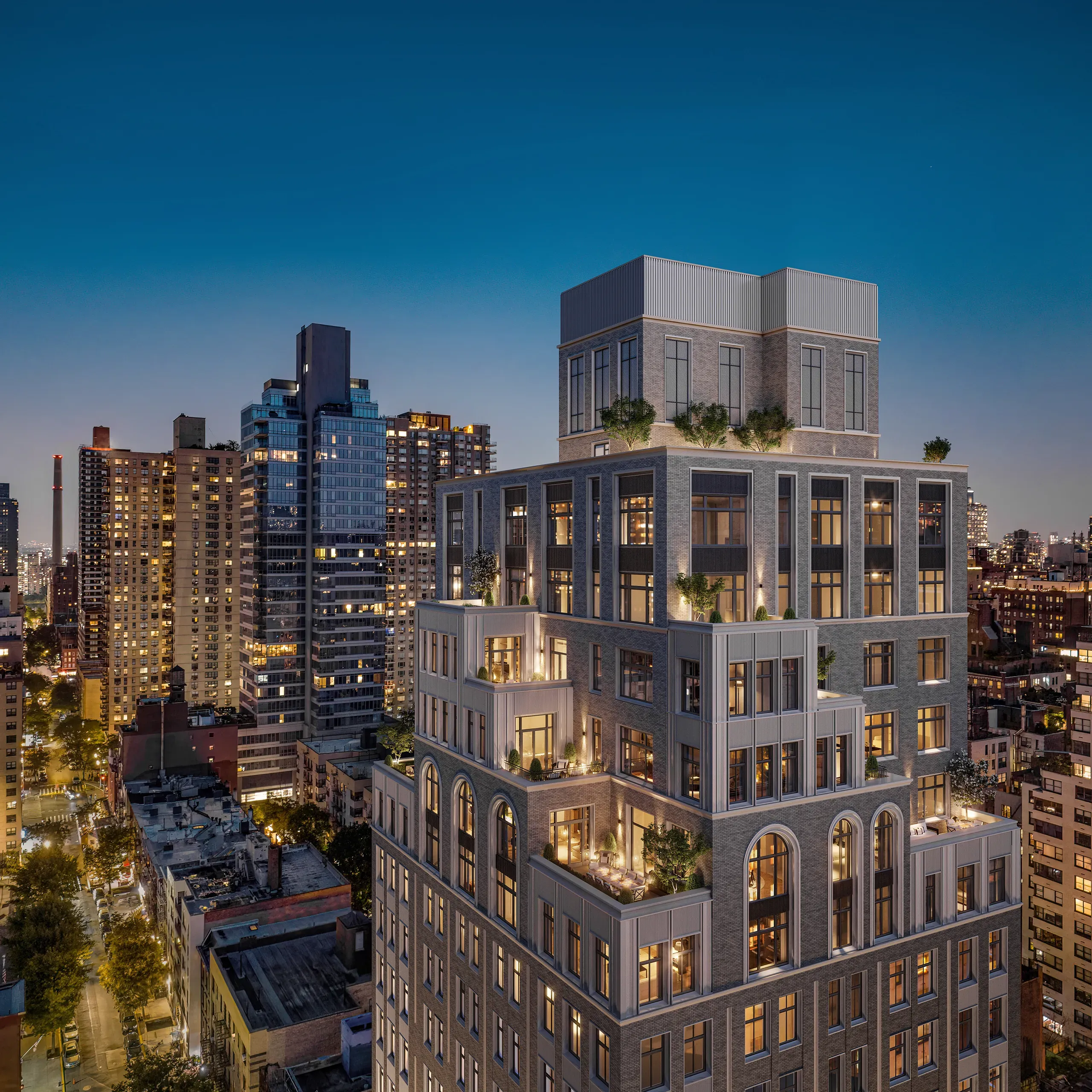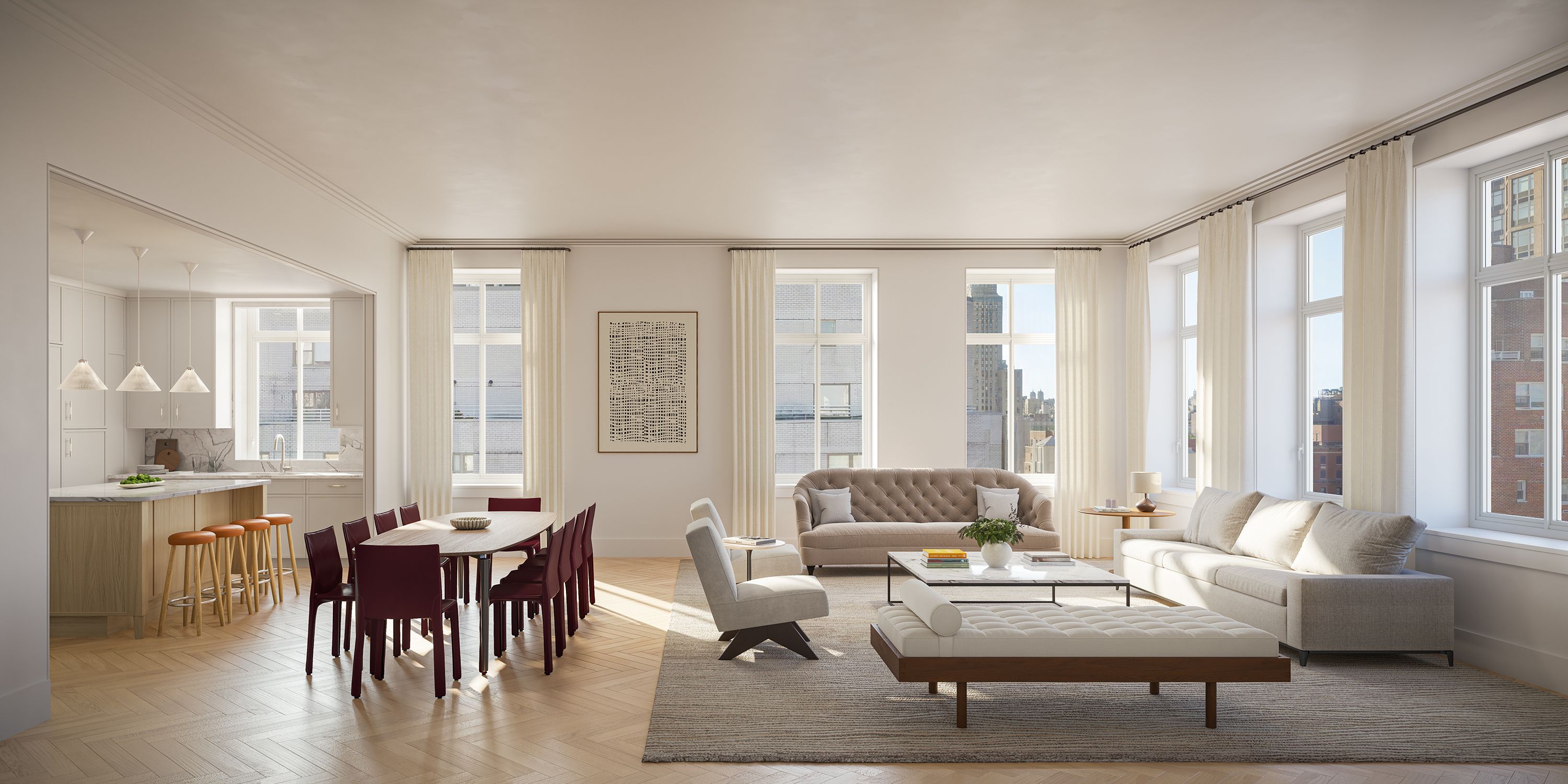Please rotate your screen for best viewing experience
Press

New York’s Classical Revival: Traditional design reshapes the luxury market
Fifteen years ago, it looked as though the Manhattan skyline was on the verge of being overwhelmed by glass and metal towers, austere monuments to Modernism that often lacked the warmth and character of the city's historic architecture. However, recent developments suggest a resurgence of traditional design principles in both public and private construction.
In January 2025, President Donald Trump reinstated the controversial "Promoting Beautiful Federal Civic Architecture" executive order, originally issued in 2020. This directive mandates that federal buildings adopt classical architectural styles, such as Neoclassicism, emphasizing designs that are "visually identifiable as civic buildings" and that "respect regional, traditional, and classical architectural heritage."
Further asserting federal influence over state and local projects, the Trump administration took control of the $7 billion renovation of New York City's Penn Station in April 2025. The Department of Transportation, citing the Metropolitan Transportation Authority's (MTA) history of inefficiency, transferred leadership of the project to Amtrak. Transportation Secretary Sean P. Duffy stated that this move aims to "deliver a world-class Penn Station" and "save taxpayers approximately $120 million."
New York’s Classical Revival: Traditional design reshapes the luxury market
By CityRealty Staff | From Future New York
Thursday, June 5, 2025
Limestone rising at 255 East 77th Street in May 2025 (CityRealty)
Limestone rising at 255 East 77th Street in May 2025 (CityRealty)
Fifteen years ago, it looked as though the Manhattan skyline was on the verge of being overwhelmed by glass and metal towers, austere monuments to Modernism that often lacked the warmth and character of the city's historic architecture. However, recent developments suggest a resurgence of traditional design principles in both public and private construction.
In January 2025, President Donald Trump reinstated the controversial "Promoting Beautiful Federal Civic Architecture" executive order, originally issued in 2020. This directive mandates that federal buildings adopt classical architectural styles, such as Neoclassicism, emphasizing designs that are "visually identifiable as civic buildings" and that "respect regional, traditional, and classical architectural heritage."
Further asserting federal influence over state and local projects, the Trump administration took control of the $7 billion renovation of New York City's Penn Station in April 2025. The Department of Transportation, citing the Metropolitan Transportation Authority's (MTA) history of inefficiency, transferred leadership of the project to Amtrak. Transportation Secretary Sean P. Duffy stated that this move aims to "deliver a world-class Penn Station" and "save taxpayers approximately $120 million."
Richard Cameron’s designs for a new Penn Station draw inspiration from the original McKim, Mead & White design. Rendering of the proposal looking west down 31st Street | Rendering: Jeff Stikeman
Bird's eye view with 2 Penn Plaza and Madison Square Garden integrated into the new station | Rendering by Jeff Stikeman
In light of the Trump's administration's misguided mandate to force classically styled structures, one of the countless visions for redeveloping Penn Station / Madison Square Garden, comes from ReThinkNYC, a nonprofit dedicated to restoring the original Neoclassical-styled Pennsylvania Station. The group has proposed three reinterpretations of McKim, Mead & White’s 1910 masterpiece, designed in collaboration with classical architect Richard Cameron. These include a full reconstruction and two alternatives that incorporate or work around existing structures like Madison Square Garden and Two Penn Plaza.
Over the past decade, the residential sector has seen a shift towards more traditional and contextual design. Developments like 220 Central Park South and 15 Central Park West, both designed by Robert A.M. Stern Architects, have topped the high-end apartment sales market over the past decade. More recent projects, including The Cortland, 520 Fifth Avenue, and Claremont Hall, continue this trend, offering traditional aesthetics combined with modern bells and whistles, giving them the secret sauce in a competitive market.
The return to tradition appears to be partly nostalgia and as a reaction to the glass-box uniformity that has transformed swaths of the city since the 2000s. Developers are taking note, especially in neighborhoods like the Upper East Side, the Upper West Side, and Greenwich Village, where luxury buyers gravitate toward architecture that feels grounded and enduring. The wave appears to be growing. Among the slew of upcoming pre-war inspired developments are 200 West 88th Street, 38 Gramercy Park East, and 175 East 82nd Street.
Inside, the homes combine the best of both worlds. They offer soaring ceilings, generous layouts, and a revival of formal and separated spaces, a feature that have taken on new importance in the wake of the pandemic. Yet they’re also equipped with modern finishes, high-tech smart home and HVAC systems, and a private club worth of amenities that ushers in the best of prewar charm into the 21st century.
Below, we showcase several forthcoming and newly finished residential developments that reflect this modern classicism, and the rare listings still available within them.

Rising 18 stories on the Upper East Side, 200 East 75th Street is a modern take on classic uptown elegance. Designed by Beyer Blinder Belle with interiors by AD100 firm Yellow House Architects, the building features a refined mix of limestone, granite, and terracotta paired with oversized windows. The two- to six-bedroom residences emphasize warmth and timeless detail, while five full-floor penthouses crown the building with expansive terraces and views of Central Park and the Manhattan skyline.

From the Listing: Residence 4B is a very special 3 bedroom, 3 and a half bath apartment. With ceiling heights of approximately 11-feet, and charming arched windows, 4B has the volume of a townhouse. The living room has three large arched windows facing onto tree-lined 75th Street.The third bedroom, with a full bath, is adjacent to the living room and can easily be used as a library or media room. There is an inviting “bar” as you enter the living room with an undercounter wine fridge